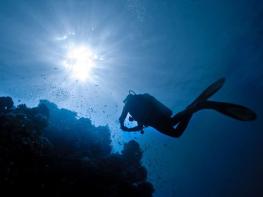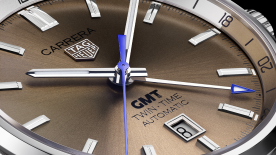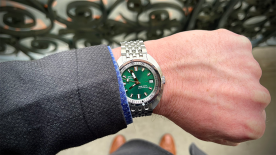Long before it became a popular leisure pursuit, diving was purely a professional and military activity, which meant that watches capable of being used underwater were the sole preserve of professionals. However, amateurs came to appreciate their functional, no-nonsense appearance and rugged appeal. It’s easy to see, then, why these watches have a whole panoply of conventions associated with them, perhaps more than any other type of watch. Added to this, the current vogue for vintage watches has made them a category in their own right, with their own set of sub-categories. The result is a new generation of dive watches that have been playing the retro card for a couple of years now, even longer for the trail-blazers among them. In 2015 and 2016, on the strength of this new-old wave, a number of defunct brands were even brought back to life.
For some brands, the decision to produce dive watches was a natural one because it’s part of their identity. Panerai, for example, was historically a supplier of dive watches to the military. Since its strategic realignment as a retail concern, Panerai has continued to cultivate the aesthetic, the names and the designs that cemented its reputation. Not all Panerai watches are suitable for diving, which requires water resistance to a depth of 300 metres and a graduated unidirectional rotating bezel. Nevertheless, a well-maintained timepiece with a rating of 100 metres can also be used in the water, even if it can’t claim to be a dive watch in the strictest sense.
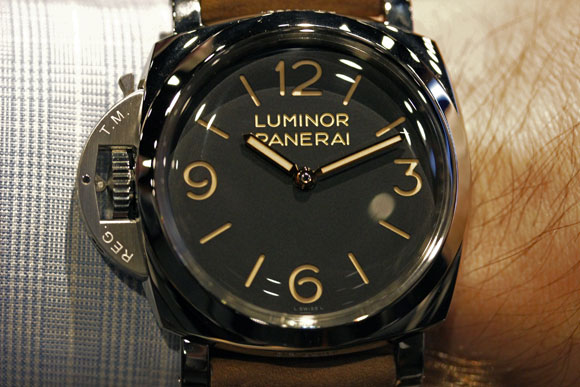
The second model that has a special relationship with the deep is the Blancpain Fifty Fathoms, probably the first real dive watch as we understand them today. Ten years ago, Blancpain began producing a reissue that was very close to the original design, right down to the literal reinterpretation of the vintage dial. This is particularly striking in the version known as “No Radiation”. It no longer features in the catalogue, but it’s a good example: the tribute to the past goes as far as stating that the dial emits no radiation, because it doesn’t contain radium or tritium... when both these substances are actually prohibited today!

Longines is also an old hand at the re-edition game, regularly reissuing vintage models in its Heritage range, with subtle updates. Their name generally includes a year, such as the Heritage Diver 1967. This chronograph is water resistant to 300 metres and sports a look typical of the 1960s – red bezel and contrasting counters – when bold colour combinations and oversize cases were popular.
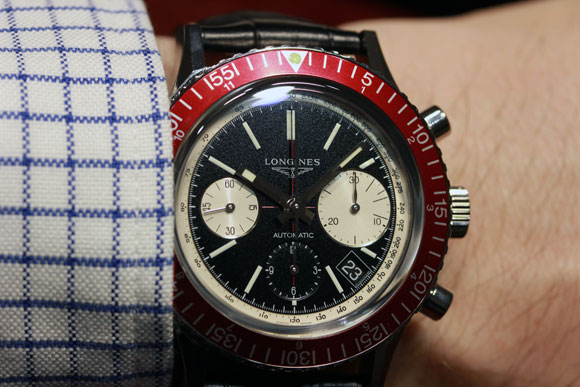
Alpina is less familiar with the exercise, but its Seastrong Diver Heritage is also a reinterpretation of a historic model. The 1969 blueprint serves as inspiration for this contemporary reference which, like the original, has a two-tone dial and internal rotating flange. While this kind of bezel arrangement, which enables the wearer to count down the total dive time, is far from exceptional these days, the fact that it required a second crown made it a considerable technical feat in the past. The crown is always the weakest point of any watch, but all the more so when it has to cope with high pressures under water.

